How LTVA volunteers led by passionate BLM staff keep public lands thriving
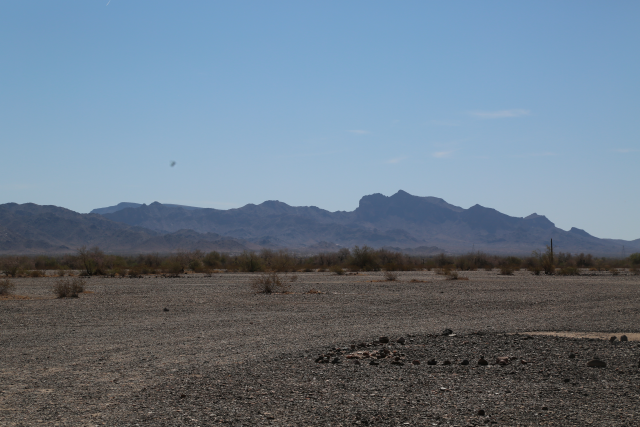
Across the rugged beauty of southwestern Arizona and southeastern California, a dedicated group of Long-Term Visitor Area (LTVA) volunteers quietly ensures that public lands remain welcoming, safe and accessible.
Their work, which is often behind the scenes, is the heartbeat of the Bureau of Land Management’s (BLM) recreation operations. Their impact continues to grow even in the face of new challenges.
The success and longevity of the volunteer program is due in large part to the leadership and vision of William “Bill” Alexander, outdoor recreation planner for the BLM’s Yuma Field Office (YFO), who is retiring after more than two decades of service. This article was inspired by his long-standing commitment to the LTVA volunteer program, which he has spent years building and strengthen the Colorado River District.
“Bill is a superstar in volunteer management and recognizing him is a fitting send-off for his long legacy as a volunteer supervisor,” said Brooke Wheeler, youth, volunteer and environmental education lead for BLM Arizona. “He’s shared his knowledge and best practices with colleagues statewide — me included — and his innovative ideas have helped elevate volunteer programs at both the state and national levels. Bill is a people person who connects with anyone through his heart for service and kindness.”
Beginning as a park ranger in 1999, Alexander witnessed firsthand the critical role volunteers play from staffing contact stations and assisting visitors to maintaining vital infrastructure across vast public lands.
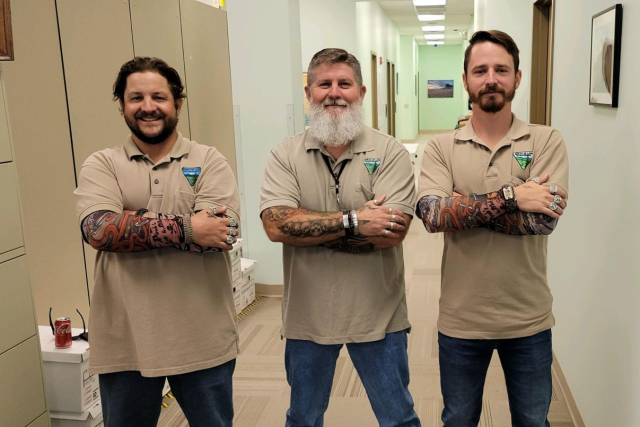
“In 15 years of working with Bill as the volunteer coordinator, he’s always gone above and beyond for the volunteers,” said Ray Castro, field manager for the BLM YFO. “He regularly took calls after hours and on weekends to resolve issues. His dedication to the LTVAs meant he often coordinated with law enforcement and responded directly to emergencies involving infrastructure, service contracts or visitors.”
At its peak, more than 130 volunteers actively supported the LTVAs, providing an invaluable public service. Even today, despite shifting conditions, the commitment remains strong. In 2024 alone, volunteers contributed more than 47,000 hours of service, valued at $1.6 million — a testament to their enduring spirit.
LTVA volunteers do far more than fill staffing gaps; they create a welcoming experience for visitors from across the country.
Their work includes:
- Greeting travelers and issuing permits at contact stations.
- Providing essential safety information and public education.
- Monitoring and maintaining water points, sanitation facilities and recreational access sites.
- Supporting environmental stewardship through daily care of campsites, trails and recreation areas.
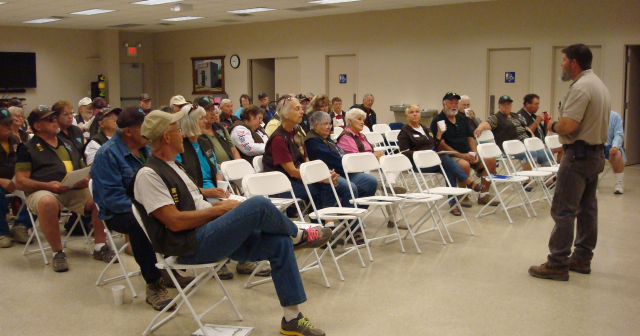
Volunteers often serve as the first — and most lasting — impression visitors have of the BLM and public lands. Their innovation often takes root in small acts of care for the LTVAs, it’s the volunteers’ willingness to step up, year after year, that drives lasting improvements. By simply being willing to lend a hand and caring about the outcome of every season, the volunteers have improved the management and sustained existence of the LTVAs.
“The volunteers are the cornerstone of this recreation program,” Alexander said. “Without them, it doesn’t work.”
Their efforts help preserve the natural beauty of the desert while ensuring that recreation remains sustainable and accessible to all.
Most LTVA volunteers come directly from the communities they serve — the recreating public itself. While the agency also uses platforms like Volunteer.gov, Alexander says the most dedicated individuals tend to be those who already know and care about the program.
“Volunteers are generally recruited from the recreating public,” he said. “The best volunteers come from people who use, know and love the program’s offerings.”
Training is hands-on and community oriented. Volunteers are often trained by Alexander, fellow volunteers, park rangers or even contractors with specific skill sets who provide service to the BLM.
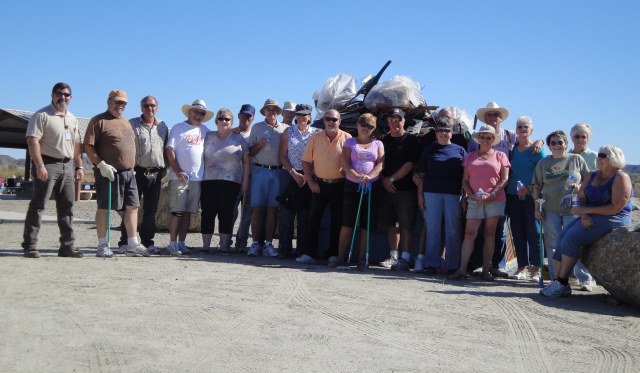
When Alexander assumed full coordination of the volunteer program, he worked to increase both professionalism and presence.
“I was out there with the volunteers — days, nights, weekends and during peak-use or critical incident times,” he said. “I think being there when they were doing the heavy lift let them know we cared about them and what was going on in the rec sites.”
In addition to reinforcing team morale, Alexander emphasized stronger financial accountability and professionalism in public interactions, both critical for sustaining the integrity of the program.
While numbers have declined to around 60-70 volunteer due to budget cuts and evolving public use patterns, the resilience of the LTVA volunteers has never wavered. Volunteers have adapted to new demographics, learned to handle higher service demands and remained positive ambassadors for public lands even in challenging environments.
From retirees to young professionals, and from former teachers to skilled tradespeople, today’s volunteers bring a diverse range of talents and a deep passion for public service.
“Our volunteers come from all walks of life,” Alexander said. “Their combined skills and commitment keep these lands thriving.”
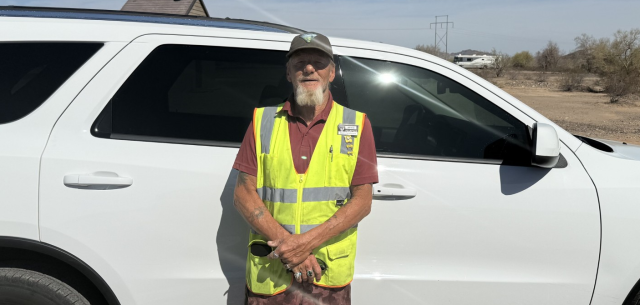
Volunteers at La Posa South consistently described Bill Alexander as a dependable and principled point of contact between them and the Yuma Field Office. As the coordinator for the LTVA program, Bill earned widespread respect for his transparency, integrity, and unwavering support.
“If he says he’s going to do something, you know he’s going to do it. He’s a man of his word,” Missy, a camp host, said.
Volunteers praised his ability to provide clear expectations while also allowing them the autonomy to do their work. His presence, whether in person during site visits or through consistent communication, made a meaningful impact on their experience.
“He checked on me personally when I was struggling,” James, maintenance coordinator, said. “He didn’t have to, but he did.”
Even in challenging circumstances, such as volunteer confrontations with the public or incidents involving fatalities, Bill’s empathy and follow-through created a culture of trust. The group expressed deep appreciation for what they described as his irreplaceable presence and leadership.
“He’s one of those people that makes you feel good about yourself, like you’re valued and appreciated,” Chris, lead camp host, said. “Bill is always uplifting.”
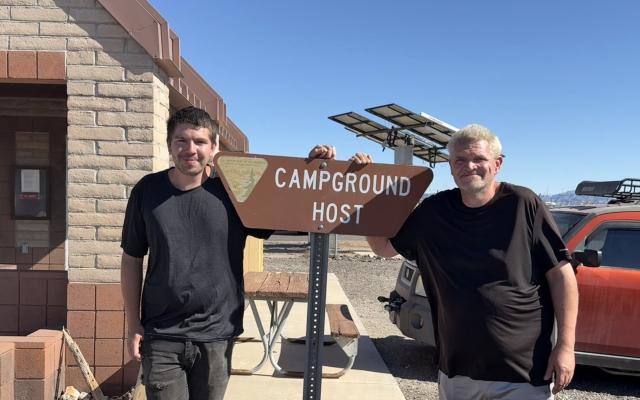
Looking ahead, sustaining and growing the LTVA volunteer program is critical. Alexander emphasizes the need for continued investment in recruitment, training and support to meet the needs of an evolving recreation landscape.
Strong volunteer leadership, field-level support and active engagement with volunteers are key to ensuring that the LTVAs — and the incredible public lands they protect — continue to flourish for generations to come.
At a time when outdoor spaces matter more than ever, the contributions of LTVA volunteers, led by Bill Alexander’s unwavering commitment, remind us that public lands thrive best when powered by the dedication and heart of the people who love them most.
Jason VanBuskirk, Public Affairs Specialist
Related Stories
- BLM Fire Team brings Smokey Bear to Kingman’s Street of Lights
- Rural wildland firefighting partners grateful for BLM gift
- BLM hosts fire investigation training course to strengthen wildland fire investigation capacity across Arizona and the West
- Stewardship and smiles at Samoa Dunes: BLM California hosts National Public Lands Day event
- Lake Havasu Fisheries Improvement Program is the gift that keeps giving
Office
1785 Kiowa Ave.
Lake Havasu City, AZ 86403
United States
